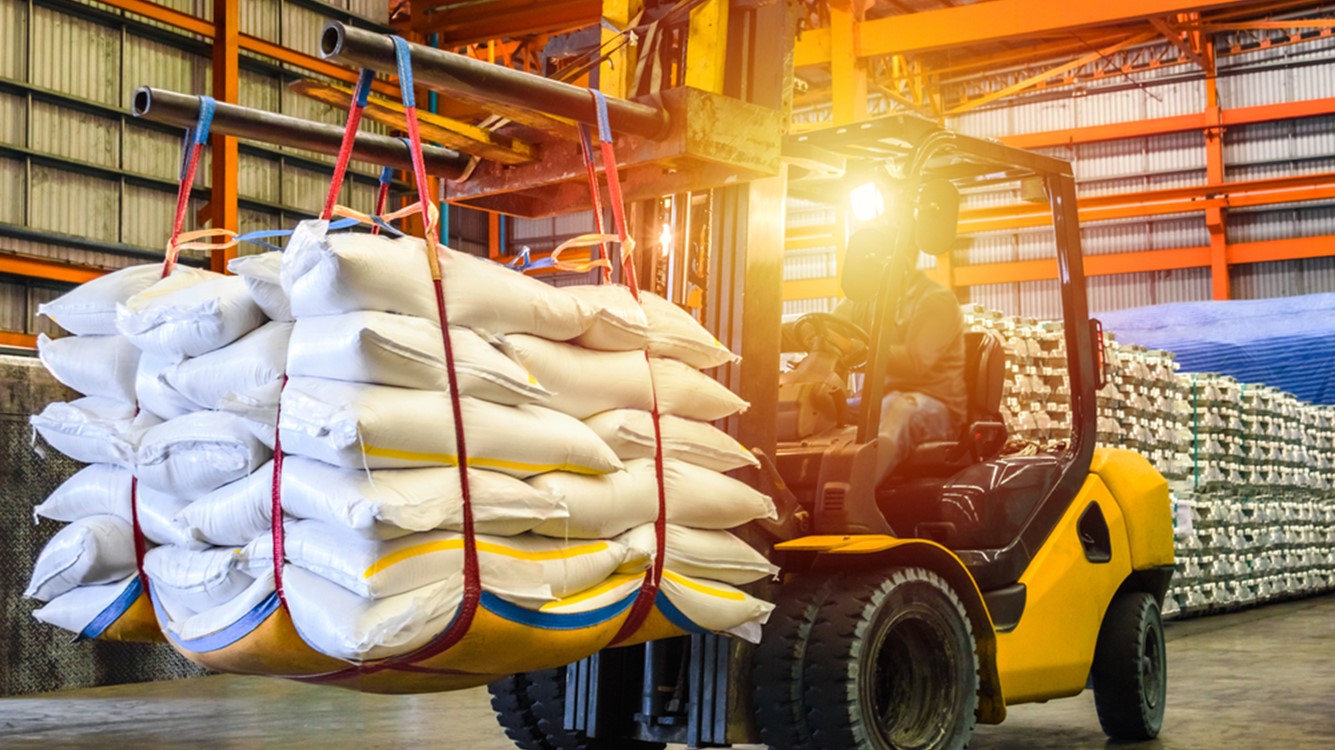Pending tariffs prompted rush to stockpile imports
Strong US dollar will be a tailwind for imports.

June 6, 2024
The nominal US trade gap widened to $74.6 billion in April after a downwardly revised March. A large jump in exports outpaced advancing imports. That marked an 8.7% increase in the deficit, the largest one-month jump in a year. In real terms, the deficit increased by 5.3% as import prices rose by 1.3% compared to 0.8% for export prices.
Imports advanced 2.4%, or $8.1 billion, as importers raced to get their goods in ahead of new tariffs. The new round of tariffs, announced in mid-May, crosses several categories including steel and aluminum, semiconductors, electric vehicles, batteries, critical minerals, solar cells, ship-to-shore cranes and medical products. Some of the most affected categories posted the biggest gains, as firms worked to meet the deadline; iron and steel products rose $324 million, bauxite and aluminum rose $207 million, semiconductors rose $474 million, passenger cars rose a stunning $3 billion, automotive parts and accessories (including batteries) added another $574 million and pharmaceutical preparations surged $2.3 billion.
Outside of the categories where new tariffs came into effect, results were more mixed. Industrial supplies outside of iron, steel and aluminum rose $730 million on crude oil, petroleum and chemicals imports, while capital goods outside of semiconductors rose $1.9 billion on computers and civilian aircraft. Automotives outside of cars and parts rose $343 million on trucks and buses and engines.
However, consumer goods outside of pharmaceuticals took a nose-dive, down $2.5 billion as the bite of higher mortgage and credit card rates have hit consumers. Imports are down for those common household categories like furniture, cookware, household goods and appliances. Foods, feeds, and beverages fell $75 million. Imports of services were down $0.1 billion on transportation services.
Much of the rise in imports in tariff-impacted goods and automotives will be stockpiled. The advance economic indicators showed a jump in inventories for retailers, wholesalers and car dealers, despite the higher interest rates.
Exports rose 0.8%, or $2.2 billion. Exports have been rising but not enough to offset such large increases in imports. Gains were concentrated in capital goods, consumer goods and automotive parts and accessories, rising $1.9 billion, $1.2 billion and $673 million, respectively. The strongest areas were pharmaceutical preparations, electrical and industrial machinery, automotive parts and semiconductors. Industrial supplies fell $1.1 billion on gold, coal, natural gas and oil and chemicals. Foods, feeds and beverages fell by $814 billion, mainly on feed grains like soybeans and wheat. Exports of services were down $0.2 billion on travel and financial services.
We received the quarterly data by country for this release. Though the trend with China has been showing continual nearshoring and friendshoring, the deficit with China increased by $617 billion in the first quarter, the first expansion in the deficit with China since the first quarter of 2022 when imports were still recovering from the pandemic. That is not surprising given the new round of tariffs and will likely revert back to the recent trend. The deficit with Mexico increased by $1.8 billion, about the same as last quarter. That has increased nine out of the last 10 years as importers bring production closer to home; by far the largest increases were in 2023, 2022 and 2019. Deficits with the EU and South America also increased.
This report included revised statistics on trade in goods and services going back to 2019. While the general trend has not changed, the deficit was larger than initially reported in 2020, 2021 and 2023, while it was smaller in 2022. The largest revision was for 2021 when the deficit was revised up 0.8%.
Trade is expected to be a drag on growth in the second quarter.
Meagan Schoenberger, KPMG Senior Economist
Bottom Line
Trade is expected to be a drag on growth in the second quarter with recovering exports not enough to offset the rush to get imports in under the wire of new tariffs. We expect that effect to level off in the coming quarters as the new tariffs take effect, with trade only a mild drag on growth later in the year. As importers and consumers look to the Federal Reserve to roll back restrictive policy late this year and into 2025, more stocking up and a recovery in orders for household goods will mean stronger imports. A strong dollar will be a tailwind. Exports are expected to remain subdued on mixed recoveries from US trading partners.
Explore more

Falling exports helped push up trade deficit
Holding inventories remains expensive.

KPMG Economics
A source for unbiased economic intelligence to help improve strategic decision-making.

Trade deficit gaps wider
Trade is likely to be a drag on GDP this year.
Subscribe to insights from KPMG Economics
KPMG Economics distributes a wide selection of insight and analysis to help businesses make informed decisions.
Meet our team

